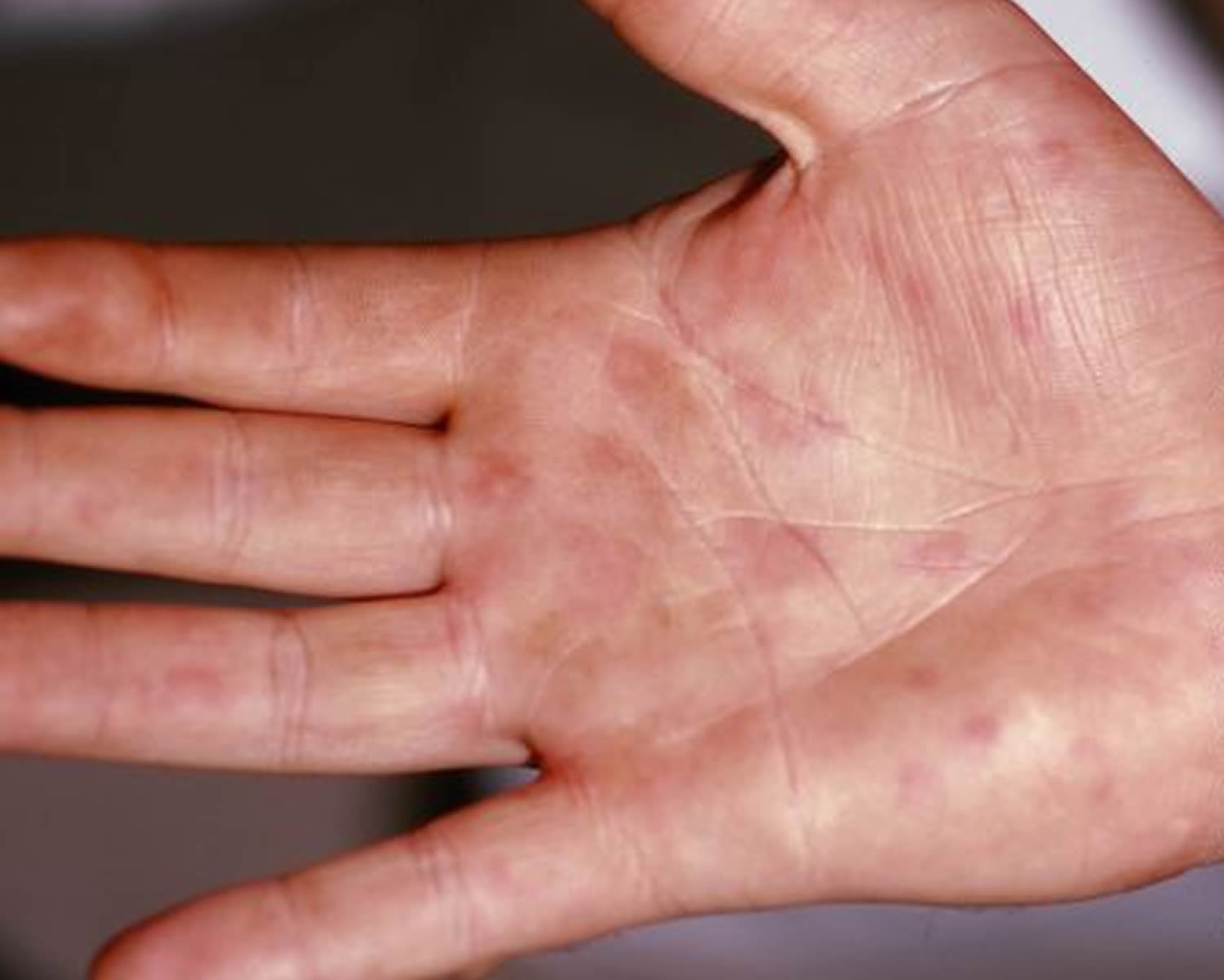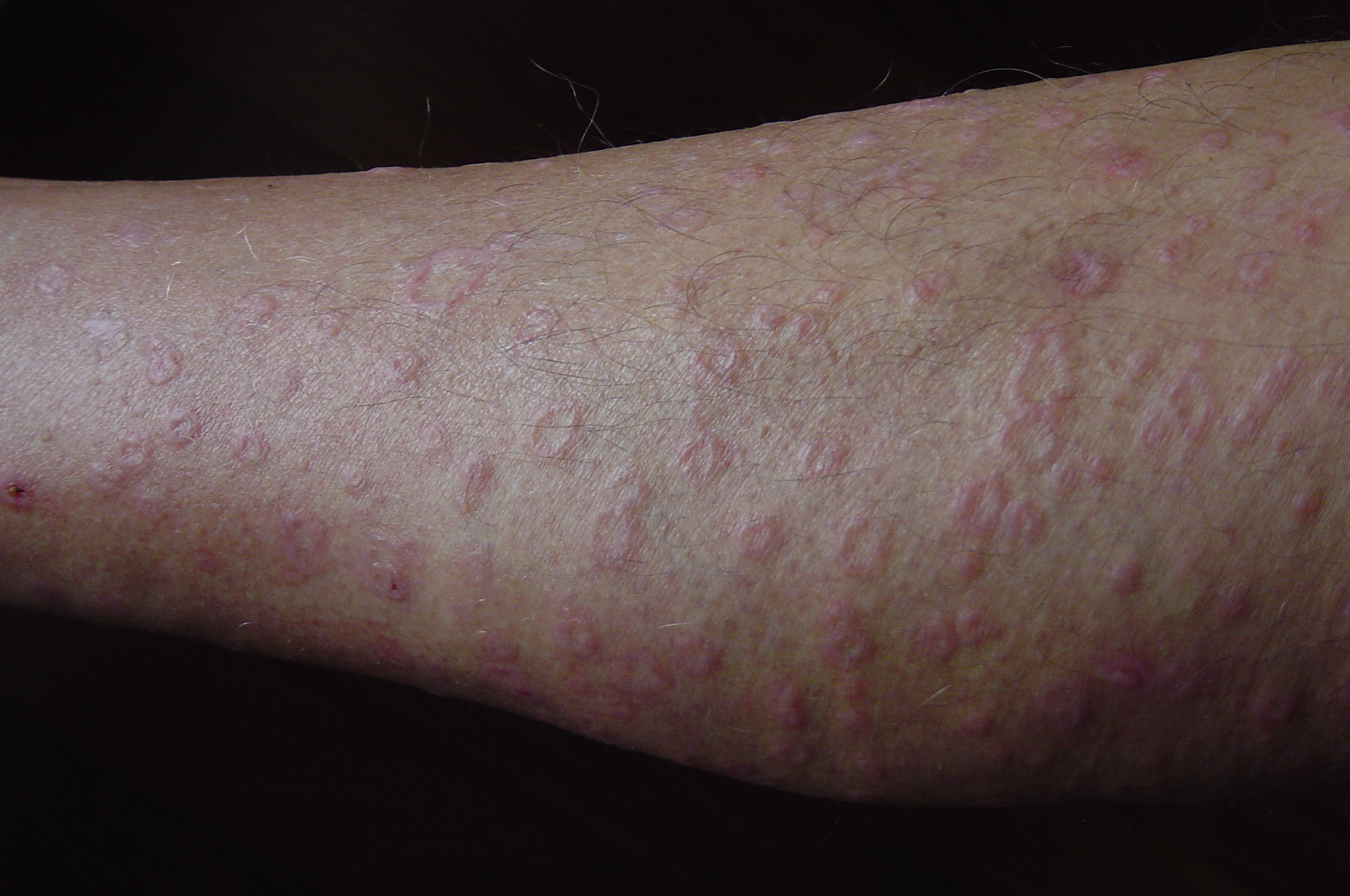
This reaction is called papular urticaria and can result from the bites and stings of almost any insect, including fleas and bedbugs. Here are a few reasons why you might find yourself covered in splotches:

Contact with animals, most commonly domestic ones like cats or dogs, can cause.
What causes hives on hands and legs. They happen when your body has an allergic reaction to an allergen, a substance that’s harmless to most people. Sometimes, you may itch or rub your skin when your skin is very dry. Common causes of rashes on the hands and feet.
Hives can be caused by a multitude of triggers, in this case, it was after this person got their legs waxed. In this condition, both dead and new skin cells start building up in the outermost layer of your skin. A reaction to a medicine, insect bite or sting.
Sunburn may hurt at first, and then begin itching. Hives often occur as an allergic reaction to something eaten or something that has contacted the skin. The hives of angioedema is usually not as itchy as common hives, but the swelling and pain can be worse with these hives.
A problem with your immune system. Contact dermatitis happens when certain substances come into contact with the skin and cause a. The most common causes are foods, medications, and infections.
Generalized anxiety disorder is a condition in which a person has nearly. The skin may look dry, blister, or. You may develop a rash on your skin on most parts of the body, including the back, neck, feet and hands.
Hand, foot, and mouth disease. Urticaria, or hives, is a frequent symptom experienced by people with allergies to various foods or medication and viral diseases. The rash is usually very itchy and ranges in size from a few millimetres to the size of a hand.
Carpal tunnel syndrome symptoms include burning or tingling in the hand and fingers, numbness, pain and more. Hand, foot and mouth disease, which causes red lesions. Fifth disease, which causes a red and flat rash on the face, legs and upper arms.
Although the affected area may change in appearance within 24. It causes swelling in the deeper layers of skin. This person’s arm is covered with blotches caused by her urticaria.
Impetigo causes red and wet sores and is caused by bacteria. Knees and other joints can become more painful. Food and drugs are common triggers.
Foods, medicines, and plants are common causes, but sun exposure, stress, infections, and autoimmune diseases have also been known to cause hives. Otc pain medications also help. Angioedema can arise with hives or alone.
For some, excess warmth on the skin. Signs and symptoms of chronic hives include: The friction against the skin can irritate the skin and cause swellings and hives.
The most common foods that cause the allergic reaction you see in hives on feet are are tree nuts, peanuts, milk, eggs, tomatoes, berries, wheat and soy. Insect bites and diseases may also be responsible. Symptoms include an itchy, stinging pink rash of slightly swollen skin.
Here are a few reasons why you might find yourself covered in splotches: These hives may last longer than other types of hives. The reason it is so complex because of the number of different causes, making it difficult to pinpoint the root of the problem.
Contact with animals, most commonly domestic ones like cats or dogs, can cause. Angioedema may cause large welts below the surface of the skin, particularly around the eyes and lips. Most cases do not have an identifiable cause, but it is associated with an infection, autoimmune.
Pressure on the skin (tight clothing, light touch of a purse strap, or scratching) when hives are due to an allergic reaction, it’s often an allergy to: Allergic reaction causes sneezing, runny nose and hives and can lead to anaphylaxis, a whole body reaction. Bites and stings by insects like bees, mosquitoes, or wasps can cause hives.
Li says sweating can also result in a breakout for those prone to hives. Kawasaki disease, an autoimmune disorder that affects blood vessels, while giving out a rash. Hives that come and go daily for at least 6 weeks may meet the criteria for chronic hives.
Hives can be triggered by many situations and substances, including certain foods and medications. Contact dermatitis can mimic hives as well. Welts that vary in size, change shape, and appear and fade repeatedly as the reaction runs its course.
Most of the hives on your feet will go away within a few hours to a couple of days. The most common foods that cause hives are nuts, chocolate, fish, tomatoes, eggs. However, there are chronic cases that last longer than 6 weeks, where a trigger is never found.
It may appear on one part of the body or be spread across large areas. This causes scaly patches on the top layer of your skin. When the body mistakenly releases histamine and hives develop, the cause is often one of the following:
Keeping it moisturized can help. They are a type of swelling on the surface of your skin. Hives are raised red bumps (welts) or splotches on the skin.
But can also occur in autoimmune conditions or systemic conditions, if hives last for a prolonged period of time. This reaction is called papular urticaria and can result from the bites and stings of almost any insect, including fleas and bedbugs. The sweat itself doesn’t cause hives, but it indicates your body heat rising.
This can cause sunburn on the tops of hands and wrists. It is also one of the most common skin conditions seen by allergists. Overreaction to heat, sweat, or cold.